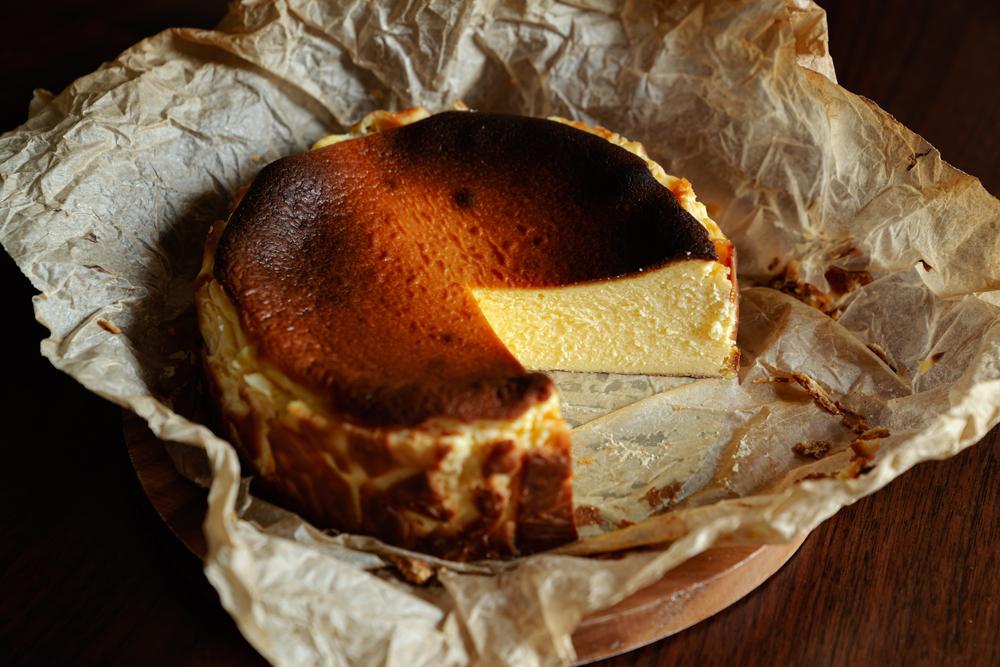On an evening stroll in Donostia-San Sebastián, Spain, I came across a pintxo bar with a crowd spilling out into the street. Some stood drinking cider or wine, while others had plates with slices of dessert, which, upon closer look, appeared to be—cheesecake. How random, I thought.
However, this wasn’t just any cheesecake, but Basque cheesecake, a relatively recent development that took the world by storm. I stepped inside and no one was queueing; customers were three deep along the length of the bar. As many cheesecake plates passed over the counter as had drinks, so clearly this was a house specialty. I asked a stranger and found that this was ground zero of the cheesecake trend there in Basque Country.





